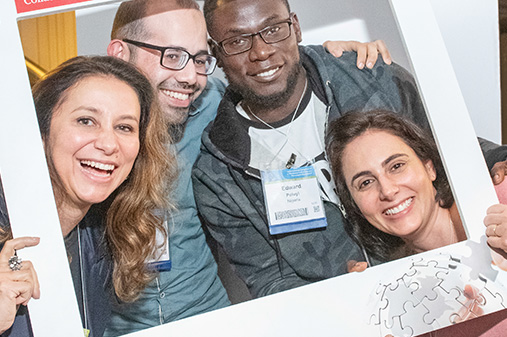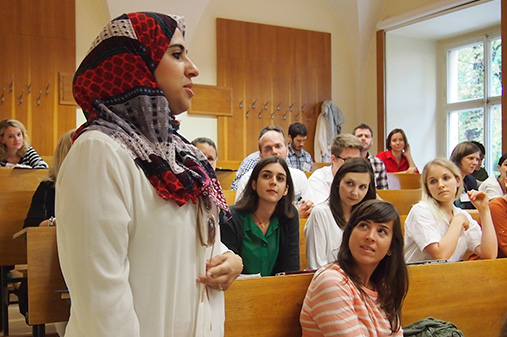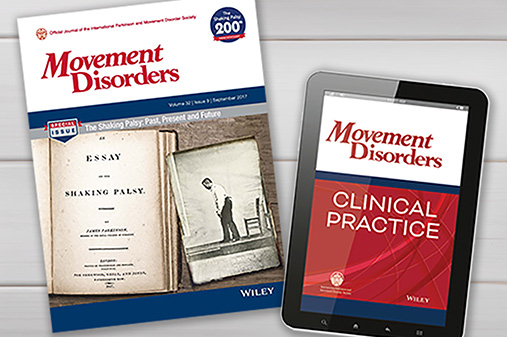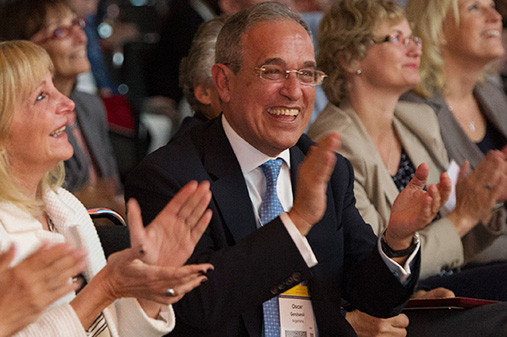 VOLUME 29, ISSUE 2 • JUNE 2025. Full issue »
VOLUME 29, ISSUE 2 • JUNE 2025. Full issue »

Interrogating LRRK2 kinase activity in monocytes derived from patients carrying the Asian LRRK2, G2385R, and R1628P variants
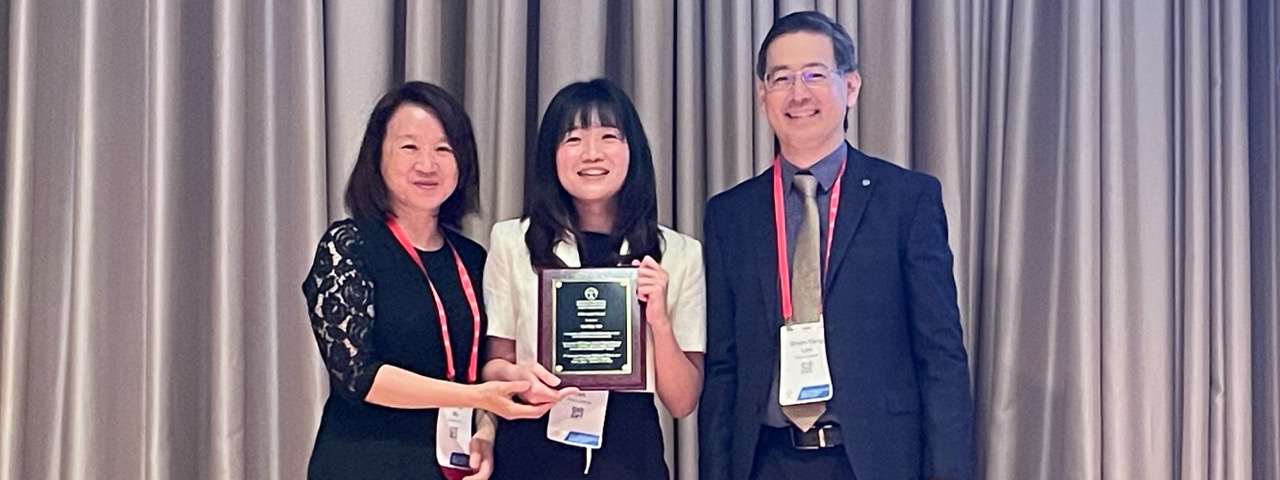
A Journey of Collaboration and Discovery
Receiving the Junior Award at AOPMC 2025 has been one of the most meaningful milestones of my PhD journey. While this recognition is tied to my PhD research, it is, above all, a testament to the power of collaboration and the incredible support I have received from mentors, teammates, and colleagues.
This work would not have been possible without the guidance and encouragement of my mentors — Prof. Ai Huey Tan; Prof. Shen-Yang Lim; Dr. Lei Cheng Lit; and Prof. Azlina Ahmad-Annuar — as well as the dedication of our research team: Jia Wei Hor, Yi Wen Tay, Anis Nadhirah Khairul Anuar, Jia Lun Lim, Jannah Zulkefli, and Cindy Lew. I am also deeply grateful to Dr. Esther Sammler, Prof. Dr. Dario Alessi, Kirsten Black, Neringa Pratuseviciute, and Karolina Zeneviciute from the University of Dundee for their expertise and support throughout this project.
How It All Began
Pathogenic mutations in the LRRK2 gene are believed to contribute to Parkinson’s disease (PD) pathogenesis by increasing LRRK2 kinase activity, making LRRK2 kinase inhibition a promising therapeutic strategy. Excitingly, phosphorylation of Rab10 at threonine 73 (pRab10Thr73) has recently emerged as a robust biomarker for LRRK2 kinase activity, while phosphorylation of LRRK2 at serine 935 (pLRRK2Ser935) serves as a pharmacodynamic marker to assess LRRK2 kinase inhibition. However, these potential biomarkers for LRRK2 clinical trials have only been investigated in human biosamples of LRRK2 G2019S and R1441G (common in European-ancestry PD populations), but not in LRRK2 G2385R and R1628P, which each affects 5-10% of Asian PD populations.
Leveraging Malaysian samples diligently collected and biobanked over the past decade, we screened 2,734 PD cases and recruited almost 250 participants comprising manifesting carriers (PD-G2385R, PD-R1628P, or both G2385R+R1628P), as well as age- and sex-matched idiopathic PD patients (iPD) and healthy controls (HC) negative for both variants. All participants underwent detailed clinical assessments including MDS-UPDRS, CISI-PD, and MoCA, and blood samples were collected for immediate monocyte isolation.
A Collaboration between Universiti Malaya, Malaysia, and University of Dundee, UK
Monocyte lysates were then shipped to the University of Dundee for further analysis. There, we had the opportunity to work under Dr. Esther Sammler and Prof. Dario Alessi, performing immunoblotting assays to measure pRab10Thr73 and pLRRK2Ser935 levels. Our three-month traineeship in Dundee was not only scientifically enriching but also personally meaningful. We were warmly welcomed by the team, who generously shared their knowledge, insights, and resources. Their openness and collaborative spirit gave real meaning to the concept of ‘open science’ — a principle I had often heard about but came to truly appreciate through this experience.
What We Found
Our results showed significantly higher pRab10Thr73 levels in the PD-G2385R and PD-G2385R+R1628P groups compared to HCs, but not in the iPD or PD-R1628P groups. These findings are consistent with earlier in vivo data reporting a ~2-fold increase in pRab10Thr73 in HEK293 cells expressing the G2385R variant compared to wild-type LRRK2. Notably, we observed substantial inter-individual variability in pRab10Thr73 levels across all groups, suggesting that additional genetic or environmental factors may modulate kinase activity within this cohort. Collectively, our findings indicate that the G2385R variant may contribute to increased LRRK2 kinase activity in PD and highlight the value for biochemical stratification beyond genotyping of patients in future research.
Heartfelt Thanks
We would like to extend our sincere appreciation to the Michael J. Fox Foundation for their generous support, which made the collaborative research effort between the two institutions possible. Most importantly, we are immensely thankful to the patients, their families, and caregivers who chose to participate despite the challenges they face from having PD. Their contribution lies at the heart of this work and continues to inspire our efforts every step of the way.
Read more Moving Along:

